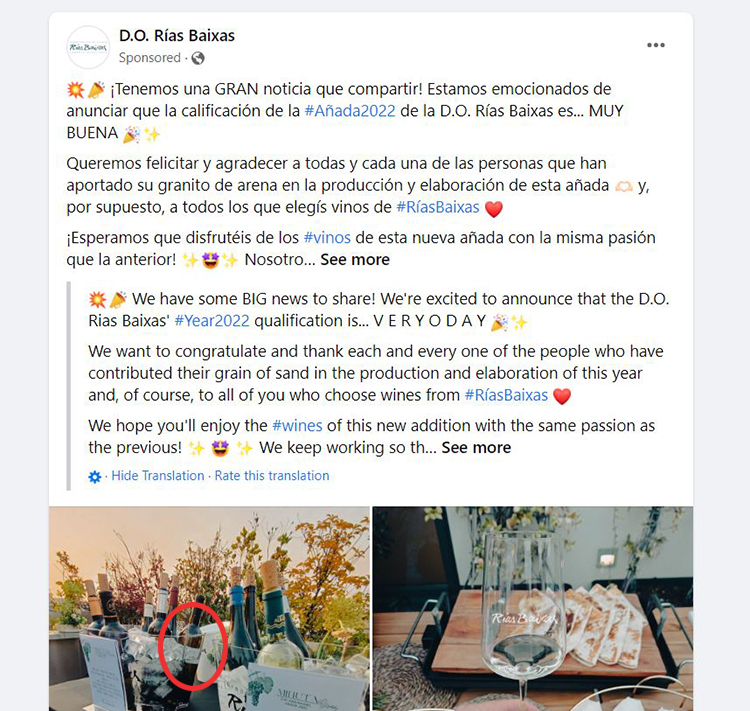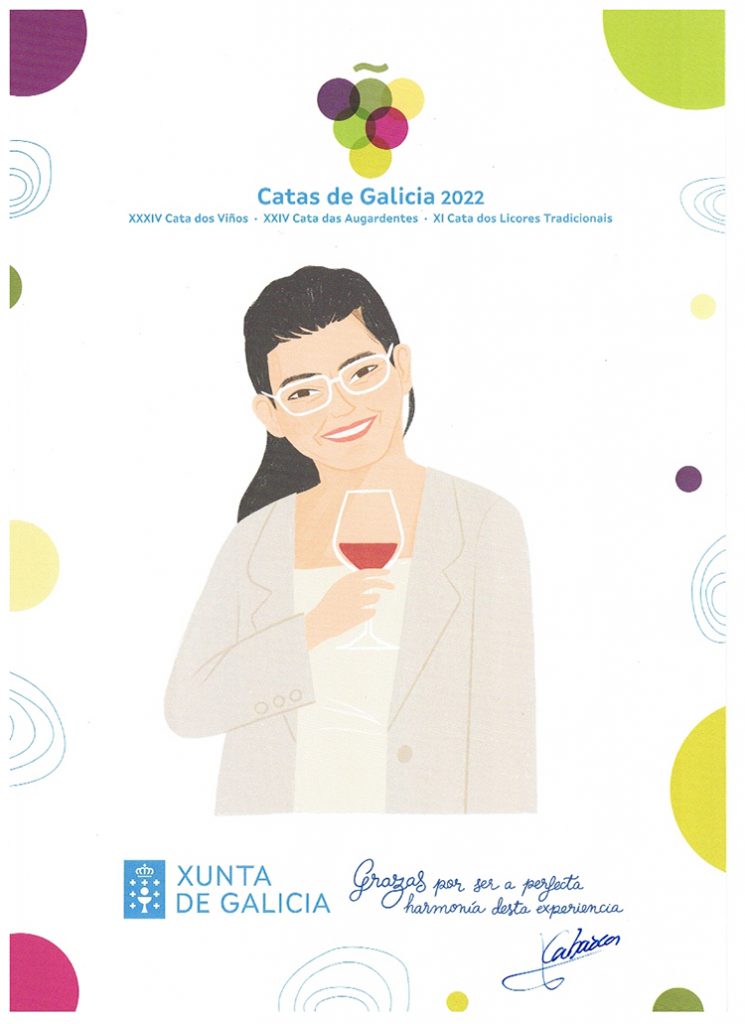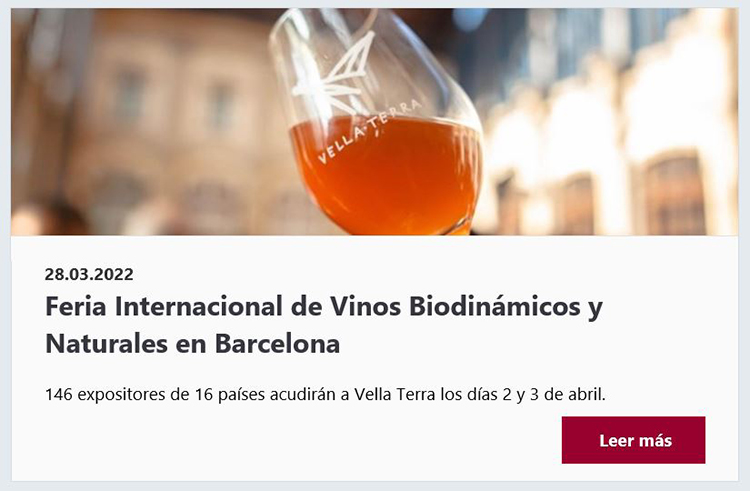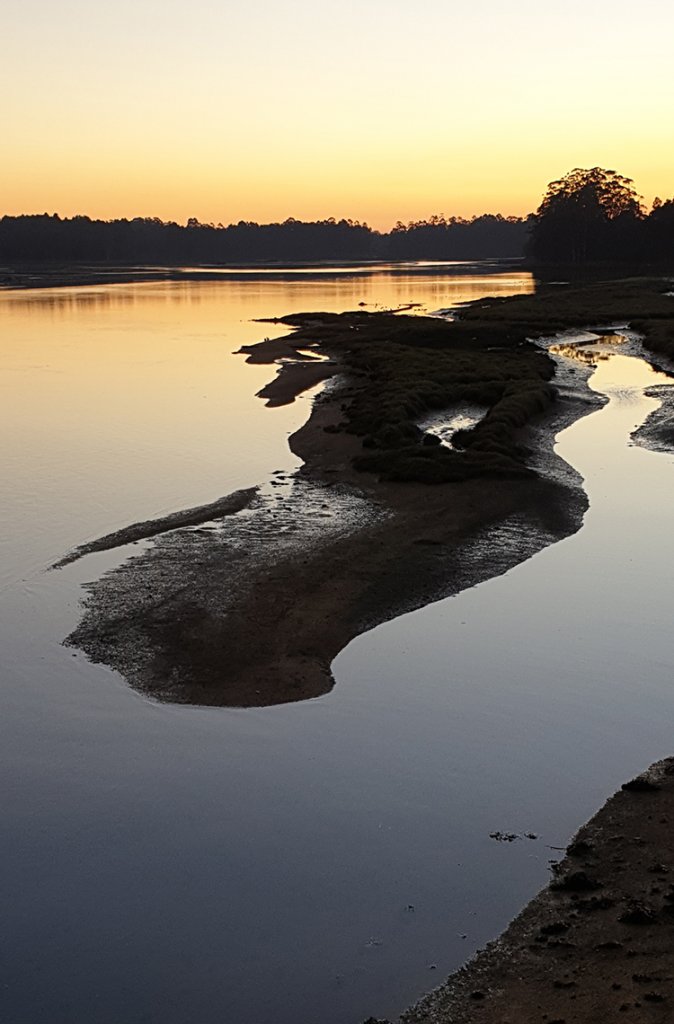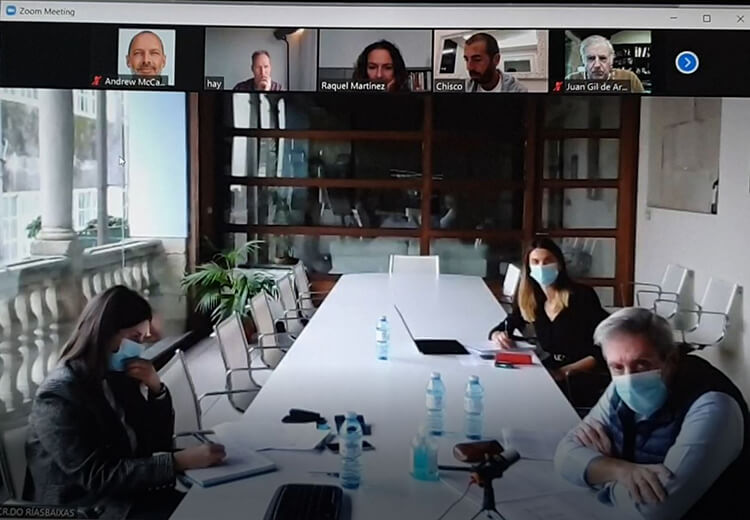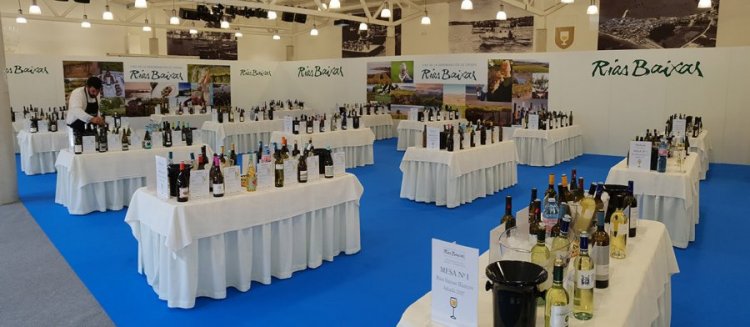Albariño Day 2024
August 7th, 2024 | Denomination
Well, Albariño Day is finally over and normal life in the town of Cambados has been restored (where the majority of activities are centred). On the day itself (1st August) I was, as always, first in line at the door of the ‘Tunnel of Wine’ where visitors have a unique opportunity to taste many of the regions different albariños all in one place. There are more than 150 wines on show, and so I usually split my tasting over two morning sessions.
I consider myself to be a professional taster, and as such I feel compelled to make notes on every wine that I try (good or bad). Also, and I find this surprisingly unusual, I am one of the very few people in the room that actually spits after tasting! Heaven only knows what happens to other people and whether they are still standing by the end of each session, but I never really hang around for long enough to find out. Taste and gone, like some sort of wine Superhero!
Strangely, the combined act of tasting, making notes and spitting is so rare that it attracts quite of lot of attention, from those who are simply curious but also from the Press. I am sometimes very aware that there are cameras focused, and this attention did culminate in being interviewed on camera twice. Prior to that I had also pre-recorded a couple of videos that were sent to influencers in the UK, and were quite widely shown around the internet on Albariño Day. Internet fame for me has arrive at a very late age! Attached is one of the videos premiered on the day, but that was actually recorded in February (hence the heavy clothing!)




